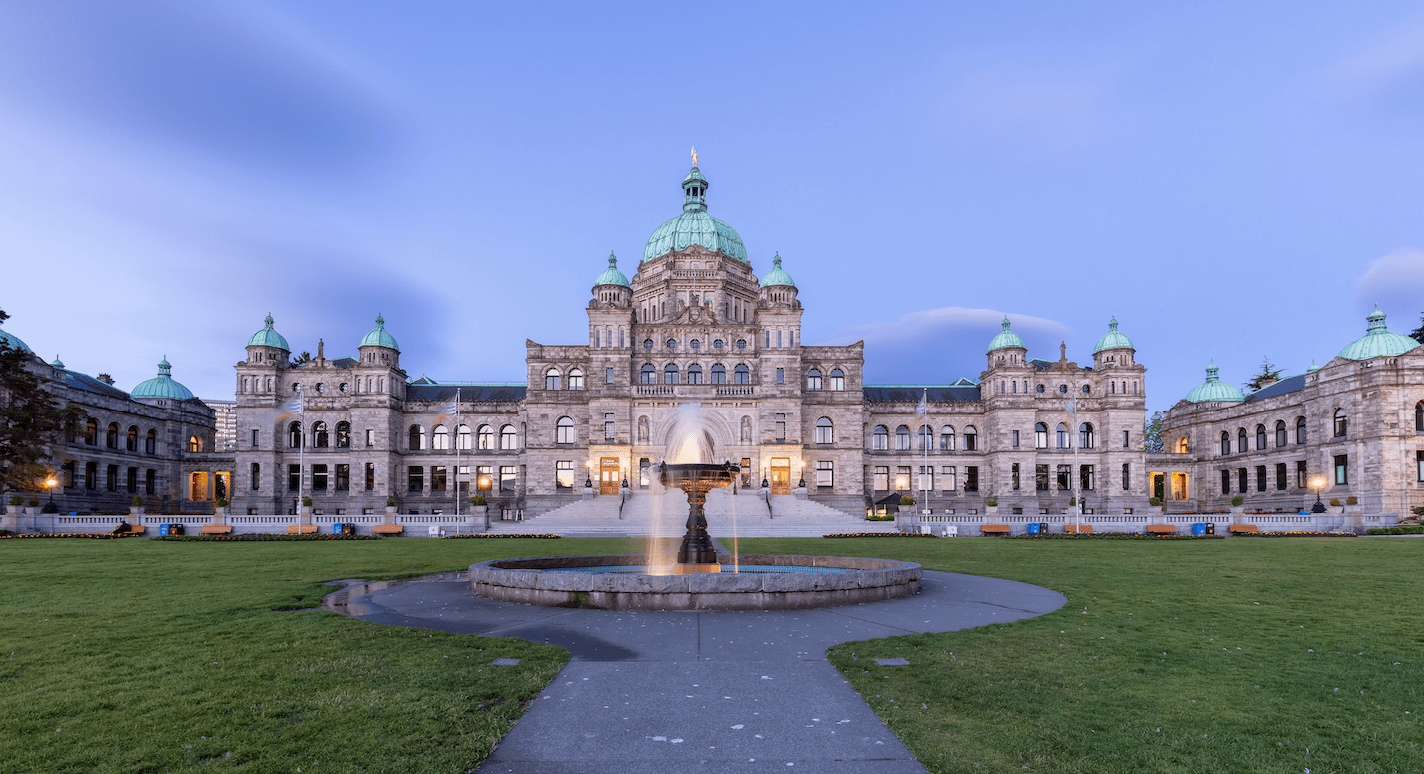Strongest Start For Manufacturing Sales On Record

BRITISH COLUMBIA – BC manufacturing sales remained on a tear to close out the first quarter.
Dollar-volume shipments accelerated 4.7 per cent from February to $5.39 billion, marking a 27 per cent gain from a year ago. This exceeded the national monthly and year-over-year increases of 3.5 per cent 14.8 per cent.
While a softening of manufacturing at the front end of the pandemic partly contributed to strong year-over-year gains, performance has primarily been driven by a strong commodity price cycle, elevated housing construction in Canada and the U.S., and improving growth outlook.
March gains were led by durable goods production which rose 6.3 per cent compared to a 2.4 per cent increase in non-durables and contributed 78 per cent of the net monthly gain. Machinery production increased 39 per cent to $345 million and made up 40 per cent of the monthly gain. While sub-industry information is scant, growth was broad with increases in industrial and general-purpose machinery.
This may reflect strengthening economic condition in export markets and growth prospects as firms invest in capital equipment to meet rising demand and boost productivity. Meanwhile, the forestry sector production continued to rocket higher on strong demand and pricing conditions. Factory shipments rose 3.8 per cent to $1.4 billion and contributed 21 per cent of the overall monthly increase.
Year-over-year, sales rose 81 per cent and contributed to more than half the increase. It should be noted that the super cycle in lumber prices continue to drive this gain as real production at sawmills were up only six per cent from 2020 through the first two months of 2021.
Primary metal manufacturing rose 14 per cent to make up 17 per cent of the monthly increase. Among non-durable goods, food manufacturing sales rose nine per cent from February and 5.4 per cent year-over-year. Paper product sales held steady.
First quarter manufacturing sales rose 23 per cent from same-period 2021, and the strongest Q1 on record as resource related manufacturing propels gains, specifically in wood products. Unsurprisingly given the sector composition of growth, Metro Vancouver (up 8.4 per cent) has lagged activity in the rest of the province (up 40 per cent). A strong economic growth outlook and commodity price cycle will continue to support strong manufacturing sales growth through 2021.
Construction Supports Economic Activity Through Q1 As Residential Strength Off Set Non-Residential Weakness
BC construction activity remained steady through March as non-residential activity picked up, off setting a mild slip in residential builds. Investment in building construction, which estimates the value of work put in place of new and projects underway, remained elevated. Dollar-volume activity reached $2.68 billion in March on a seasonally – adjusted basis. This marked a 0.4 per cent monthly increase following a decline in February, and a 0.7 per cent year-over-year increase. Adjusting for price inflation, activity fell 0.6 per cent with year-over-year growth of 1.4 per cent. Nevertheless, the construction cycle is largely in line with trends observed in recent years, which is robust specifically given the pandemic of the past year.
While monthly data fluctuates, trends reflect housing starts and building permit activity. Residential volumes have risen since mid-2020 in line with the strength in housing markets. Non-residential activity looks to have turned a corner after declining through 2020 when businesses focused on survival and adapting through the virtual space, rather than expanding brick and mortar operations.
Through the first quarter, nominal construction investment in building rose 3.3 per cent from same quarter 2020, however real inflation- adjusted activity slipped 1.3 per cent, suggesting about four per cent growth in construction costs. Residential investment rose 8.5 per cent in nominal terms, but unsurprisingly input costs looks to have risen sharply, as real investment rose a modest 2.4 per cent.
Off setting this increase was a drop in non-residential investment of 8.7 per cent, with inflation adjusted investment down 9.7 per cent. A 22 per cent increase in public sector investment was insufficient to off set declines in the industrial (down 10 per cent) and commercial (down 18 per cent) space. We expect activity to pick up given a surge in new home starts this year and the post-pandemic business recovery which will drive more investment.

